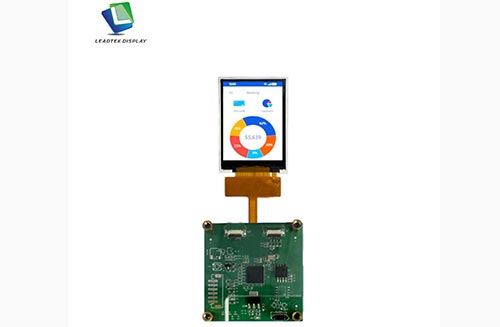What is a UART display?
A UART display refers to a display module, typically an LCD or OLED screen, that uses UART (Universal Asynchronous Receiver-Transmitter) communication for interfacing with a microcontroller or computer system. UART is a hardware communication protocol used for serial communication between devices. It allows two devices, like a microcontroller and a display, to send and receive data asynchronously (without a shared clock).
Key Features of a UART Display:
Serial Communication: Data is transmitted one bit at a time over a single wire (TX for transmission and RX for reception). This is useful for reducing the number of physical connections needed between devices.
Asynchronous: No need for a shared clock between the display and the controlling device, which simplifies connections.
Simple Wiring: Typically, only three wires are needed: TX, RX, and Ground (GND), making it easy to integrate into systems.
Plug-and-Play: Many UART displays come with preloaded graphical interfaces and are designed to work easily with minimal configuration, which is ideal for rapid prototyping or applications that require a simple user interface.
Programmable: UART displays can be controlled through simple commands sent from the microcontroller, allowing for customization of what is shown on the screen, including text, graphics, or even interactive elements.
Benefits:
Ease of Use: Due to the simple wiring and straightforward communication protocol, it is ideal for beginners or those looking to integrate a display into their project with minimal complexity.Low Pin Count: UART requires fewer pins than parallel communication interfaces, making it space-efficient.
Applications:
Embedded Systems: Used in devices like Arduino or Raspberry Pi projects for displaying data, status, or control information.Industrial Controls: Displays used for monitoring and controlling industrial processes.
Consumer Electronics: Found in products like home automation displays, appliance interfaces, and more.




 Skype
Skype WhatsApp
WhatsApp Email
Email Inquiry
Inquiry WeChat
WeChat
 TOP
TOP